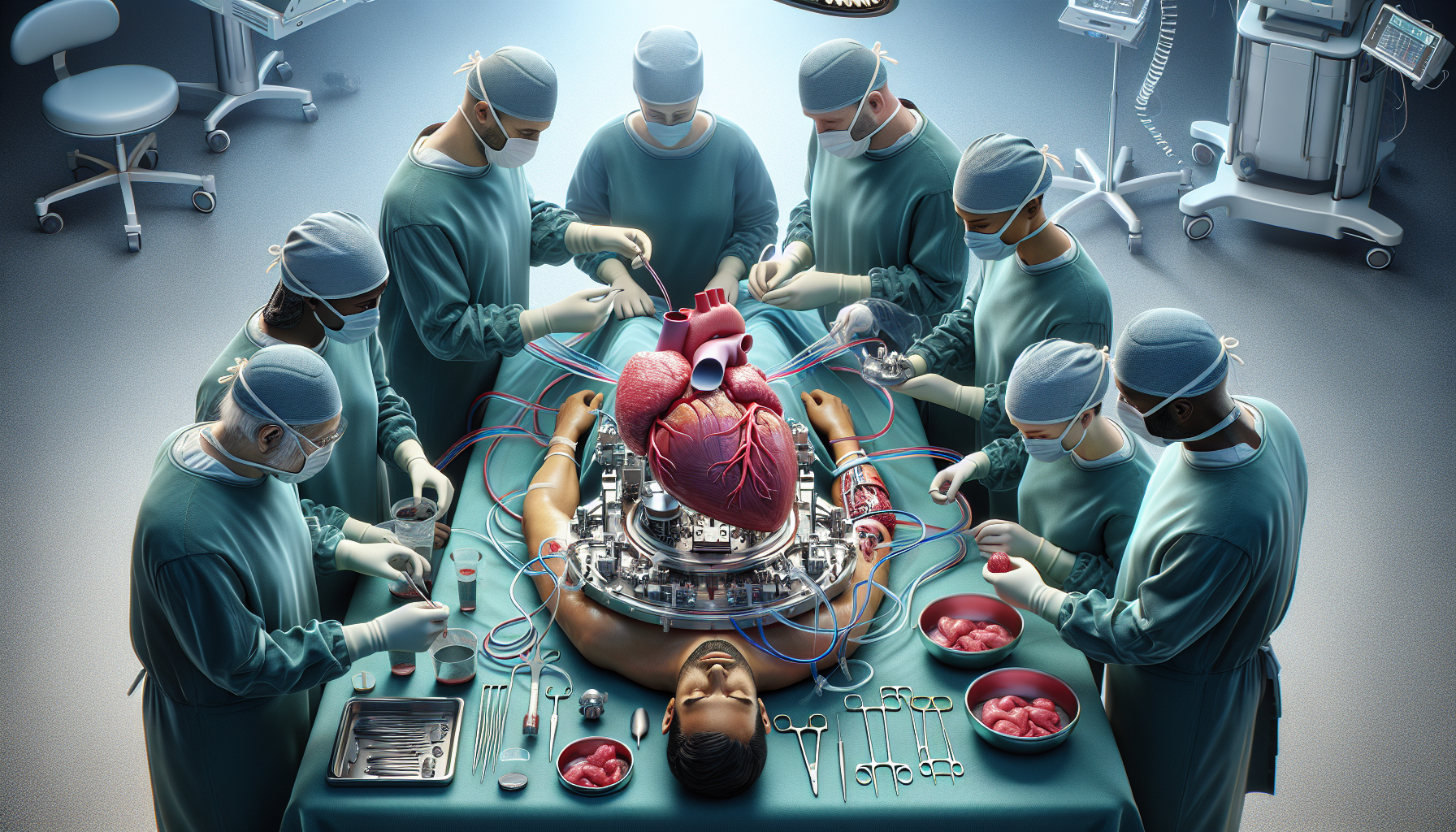Revolutionary 3D Printed Heart Transplant Successfully Performed
Revolutionary 3D Printed Heart Transplant Successfully Performed
In a groundbreaking medical feat, a team of surgeons at the Mayo Clinic in Rochester, Minnesota, has successfully performed the world’s first 3D printed heart transplant. The operation, which took place on February 20, 2024, marks a significant milestone in the field of regenerative medicine and 3D bioprinting technology.
 The patient, a 54-year-old man suffering from end-stage heart disease, is reportedly in stable condition following the surgery. The 3D printed heart, which was created using the patient’s own cells, is expected to significantly reduce the risk of organ rejection, a common issue in traditional transplants.
The patient, a 54-year-old man suffering from end-stage heart disease, is reportedly in stable condition following the surgery. The 3D printed heart, which was created using the patient’s own cells, is expected to significantly reduce the risk of organ rejection, a common issue in traditional transplants.
3D bioprinting technology has been making strides in recent years, but this is the first time a fully functional human organ has been printed and successfully transplanted. The process involves taking a small sample of the patient’s cells and using them to create a ‘bio-ink’. This bio-ink is then used in a specialized 3D printer to build the organ layer by layer.
“This is a monumental moment in medical history,” said Dr. Sarah White, the lead surgeon on the case. “The success of this operation has the potential to revolutionize organ transplantation. It could eliminate the need for organ donors and waiting lists, and make organ rejection a thing of the past.”
While the technology is still in its early stages, the success of this operation is a promising sign for the future. The Mayo Clinic team plans to continue their research and conduct more 3D printed organ transplants in the coming years.
Despite the excitement surrounding this breakthrough, experts caution that widespread use of 3D printed organs is still years away. There are still many regulatory, ethical, and technical challenges to overcome. However, this successful operation is a significant step forward and brings us closer to a future where organ shortages are a thing of the past.
As we continue to push the boundaries of what is possible with 3D printing technology, it’s clear that this is just the beginning. The potential applications of 3D bioprinting are vast, from personalized medicine to tissue engineering, and this successful heart transplant is a testament to the life-changing potential of this technology.